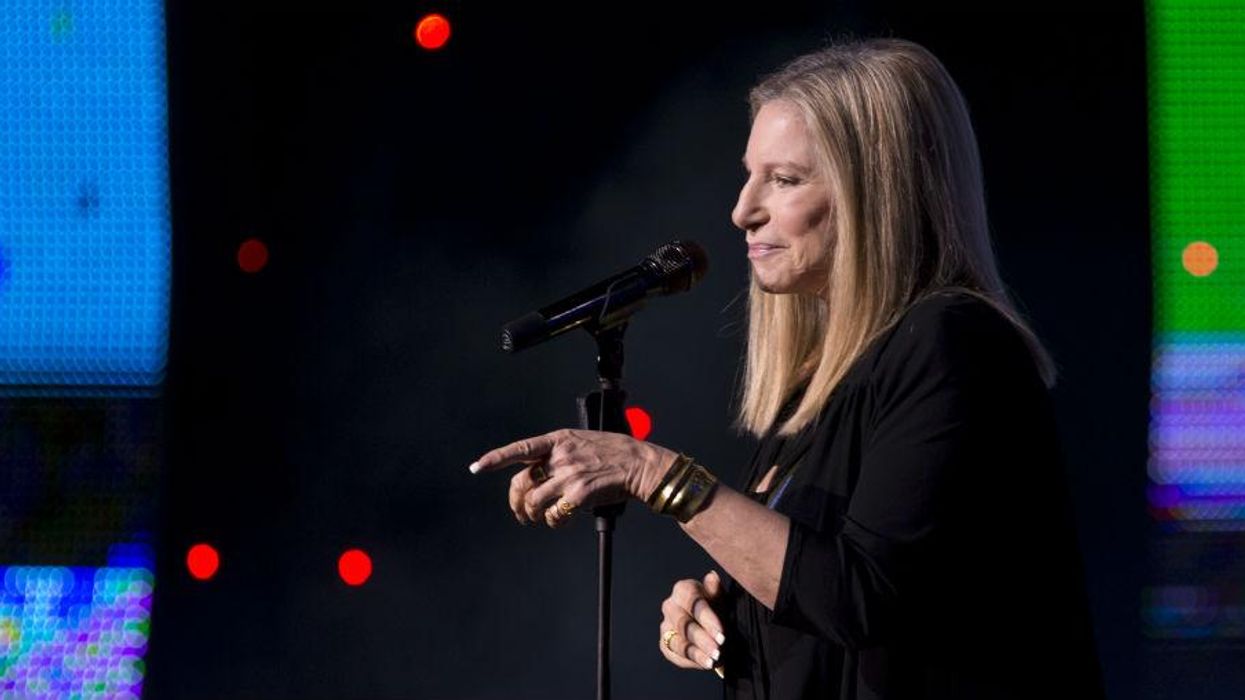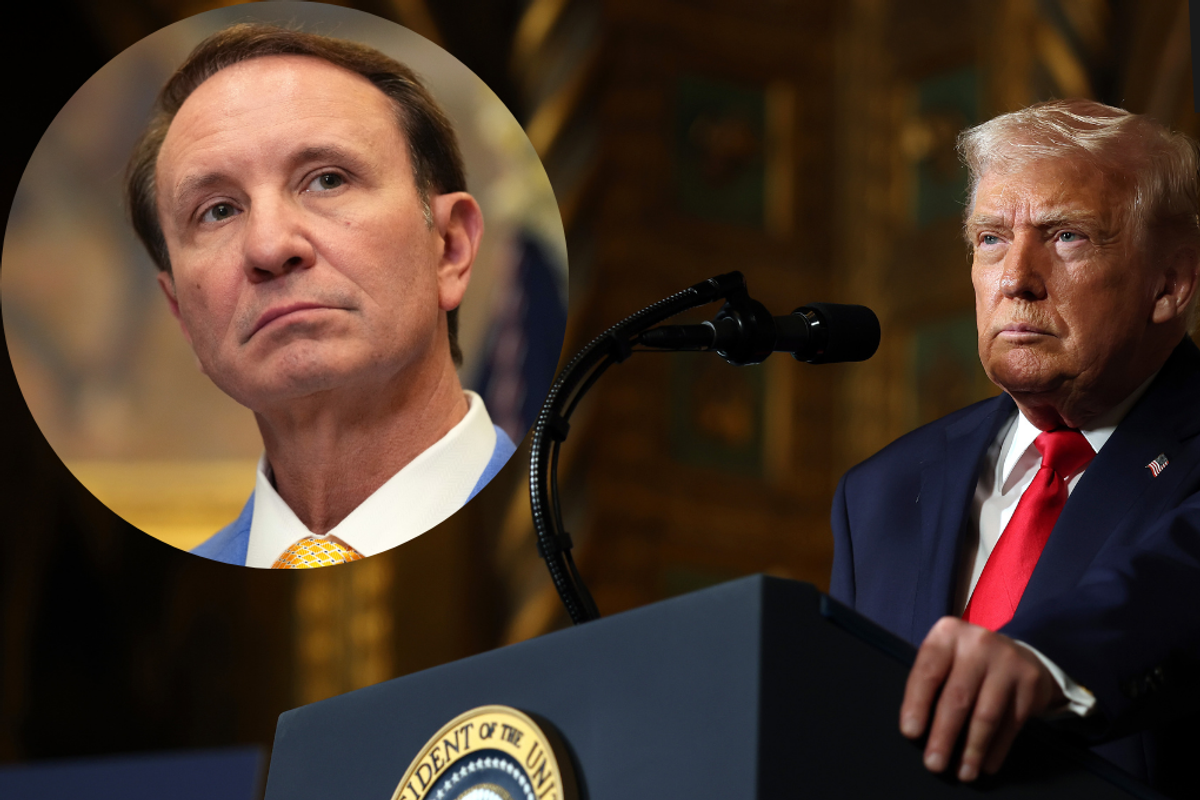News
Dina Rickman
Jun 12, 2014

The Streisand effect is the phenomenon whereby attempts to suppress information, videos or pictures unintentionally lead to their ubiquity.
The term was coined in 2003 when Barbra Streisand sued the California Coastal Records Project (CCRP) after discovering her cliffside mansion was included in pictures on their website. By the time her lawyers dropped the privacy lawsuit, millions of internet users who had previously been unfamiliar with the work of the CCRP and their attempts to document California’s coastline on the web had seen pictures of her Malibu home.
Here are some other glorious examples of the Streisand effect in action...
Uber
When black-cab drivers decided to protest budget taxi start-up Uber by causing gridlock in central London we're pretty sure they didn't intend for their rivals to benefit. But the free publicity meant Uber trended on Twitter and saw a surge in downloads for their app.
Beyoncé
Beyoncé’s star turn at the 2013 Super Bowl was celebrated by Buzzfeed’s "The 33 Fiercest Moments From Beyoncé's Halftime Show” listicle. But her publicist didn’t think the pictures chosen by author Lauren Yapalater were so fierce, asking the site to consider removing this one, this one, this one, this one, this one, and this one - which is why they were everywhere for the next month.
Ryan Giggs
misfired spectacularly
Tom Cruise
Gawker founder Nick Dentontried and failed to suppress
NeverSeconds
ban her from taking pictures of her food
Trafigura
Twitter frenzy
Top 100
The Conversation (0)

















